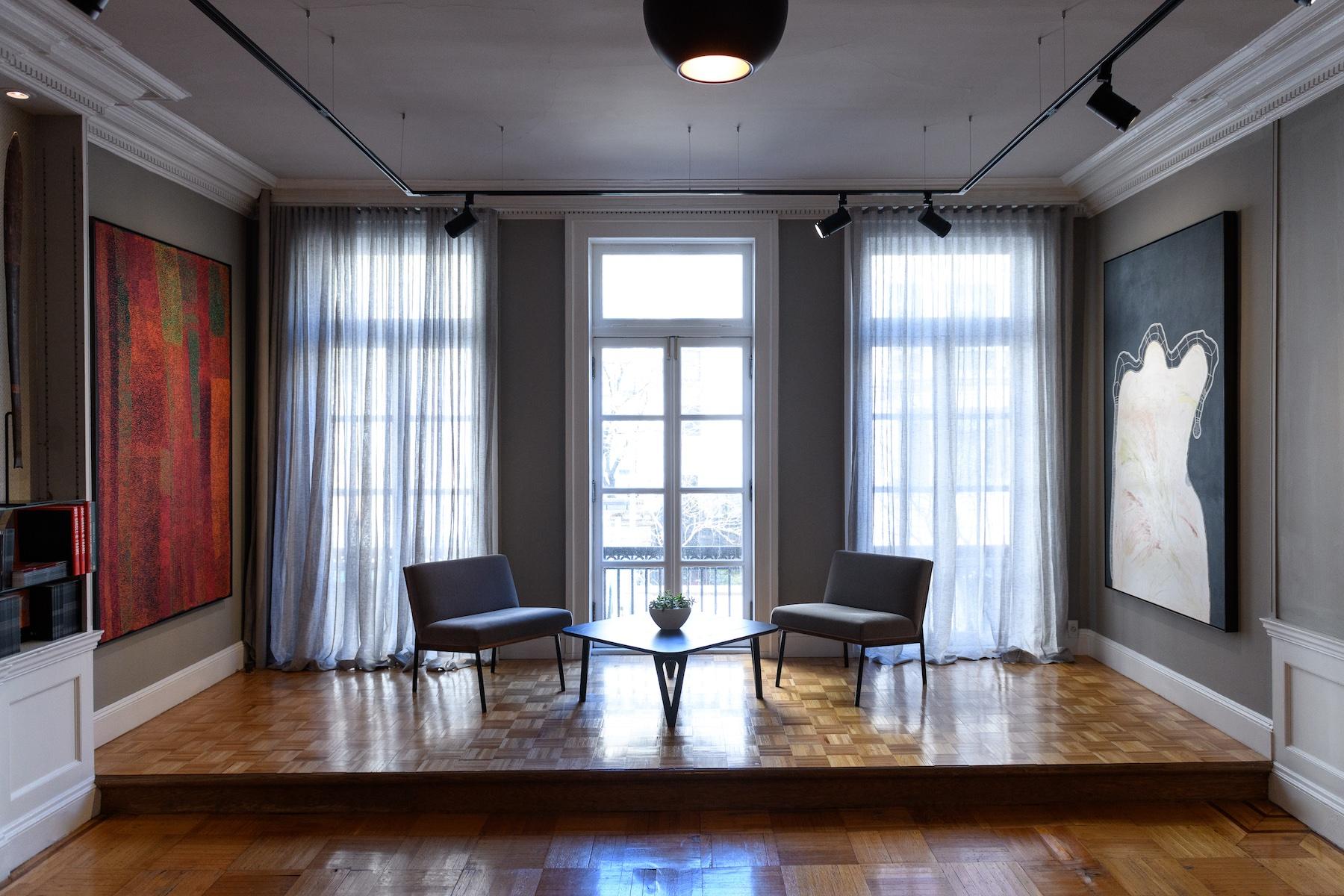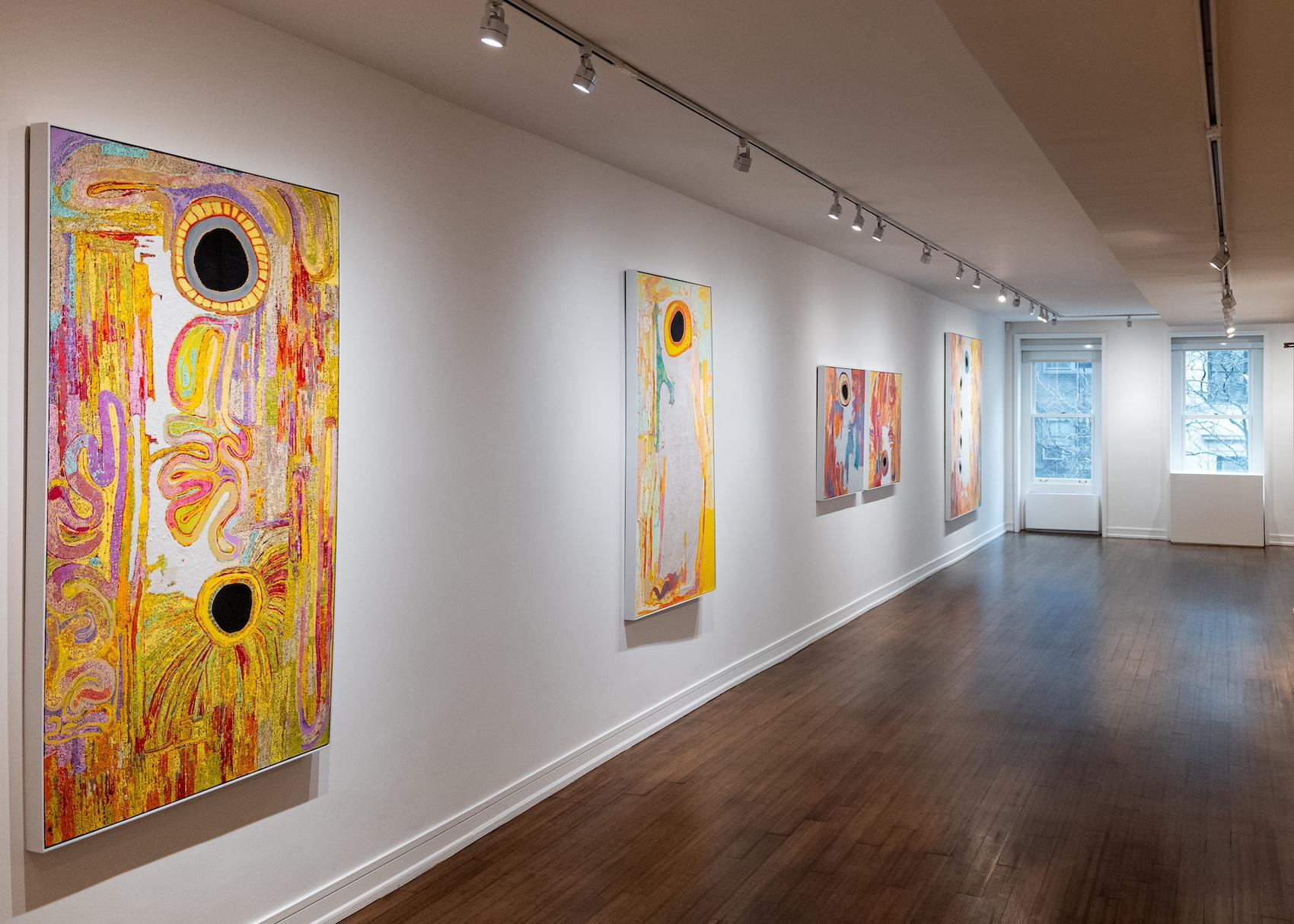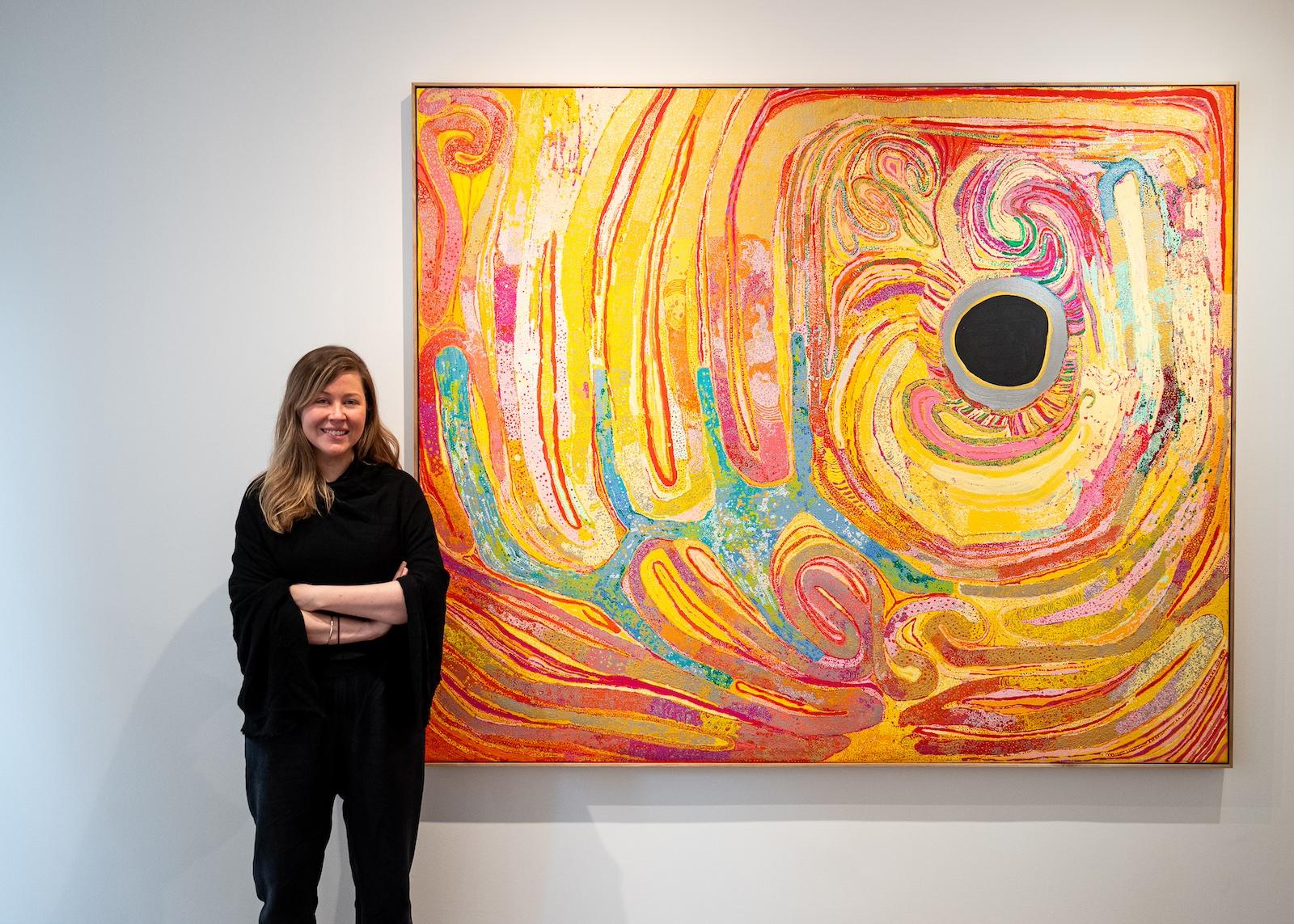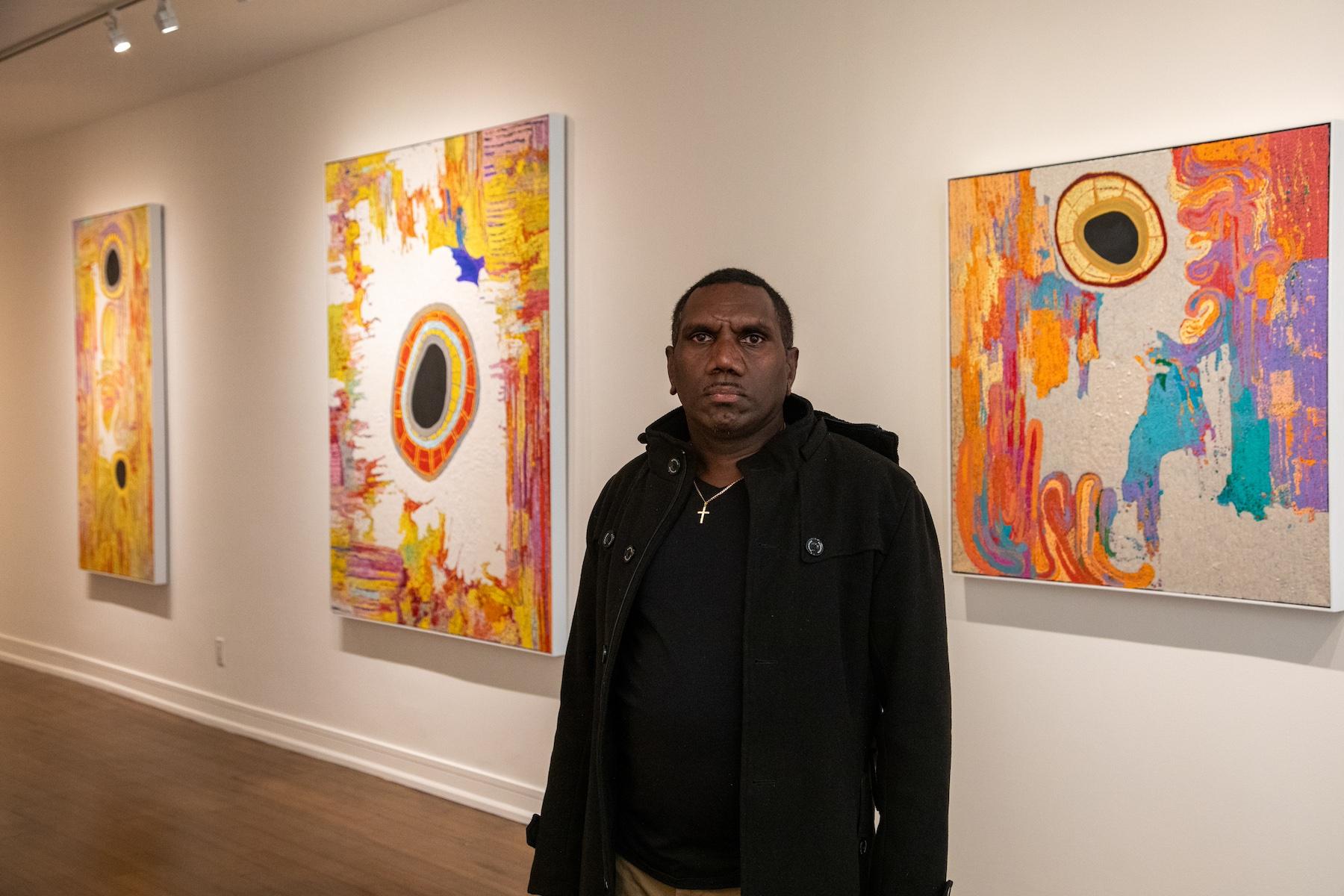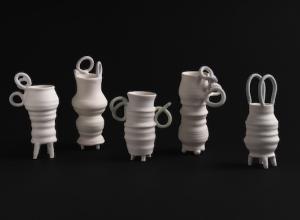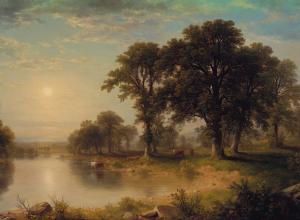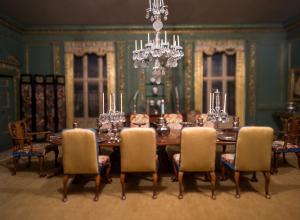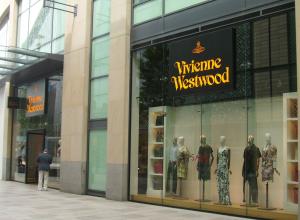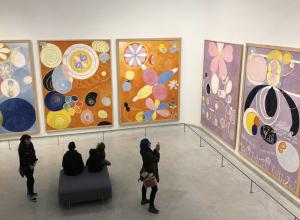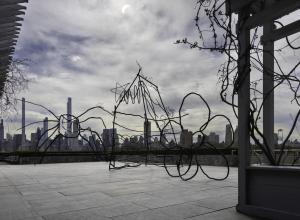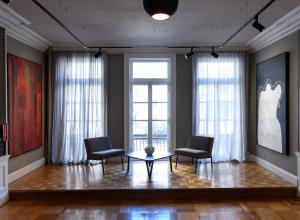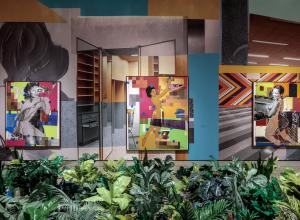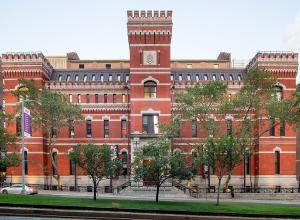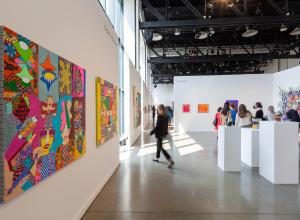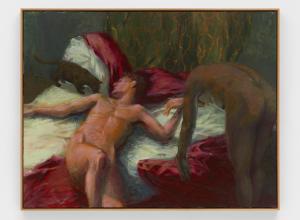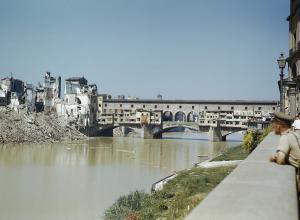There is exceptional diversity and complexity in contemporary aboriginal art. It is visual storytelling based on a shared view of the natural world, filtered through individual experience. Its rich tapestry of symbols, stories, and traditions is believed to be the oldest unbroken history of art making in the world, with rock painting dating back an estimated 40,000 years.
These signs and symbols can represent various elements like people, waterholes, or celestial bodies, and they may narrate ancestral tales— known as “Dreamtime” stories.
The “dot” was perhaps the first form associated with Australian aboriginal markings in the global art market. Bark paintings, rock carvings, and body art, along with sculptural objects including ceremonial poles and carvings, are also early representations of aboriginal art making.




